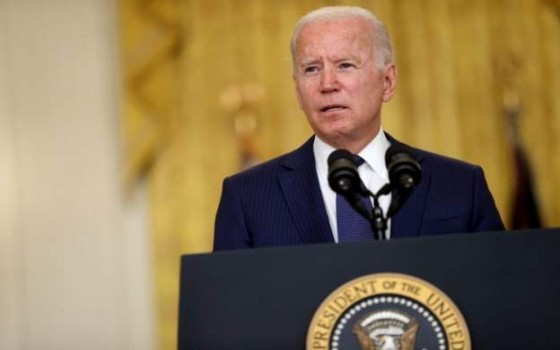
The main points of the agreement in principle on the US debt ceiling

- Europe and Arabs
- Monday , 29 May 2023 13:16 PM GMT
Washington: Agencies
US President Joe Biden and Republican lawmakers have reached a tentative agreement to raise the government's debt ceiling and avoid default. Here are the details of the highlights of the agreement, which is still awaiting approval by the divided Congress in a voting session scheduled for Wednesday.
Did either team win?
After days of long and painstaking talks, the agreement allows the two sides to declare a victory of sorts. Biden described it as a "compromise," while Republican House Speaker Kevin McCarthy saw that "the American people deserve it."
The text has not yet been published, and the agreement will be subject to in-depth study and discussions in the coming days.
Sources and reports indicate that some of the parties' demands were not accepted, such as eliminating certain tax loopholes, which was a request made by the Democrats, and canceling tax exemptions related to clean energy at the request of the Republicans.
- the essence of the agreement
According to sources familiar with the negotiations, the agreement raises the debt ceiling of $ 31.4 trillion for two years, which means that Biden will not have to negotiate it again before the 2024 presidential elections.
The initial agreement also imposes limited restrictions on federal spending, which satisfies the Republicans, but does not mean a significant reduction in spending, as the right-wing demanded in light of the rejection of the Democrats.
- spending
Non-military spending remains roughly unchanged for fiscal 2024 starting this year. It also limits the increase to 1 percent for 2025, according to sources familiar with the negotiations.
The agreement preserves the Biden administration's plans to increase spending for the military and ex-military personnel in line with inflation.
Cut funding for the Internal Revenue Service
The agreement also cuts funding for expanding the Internal Revenue Service. Last year Congress approved $80 billion for the Internal Revenue Service to strengthen tax enforcement. The initial agreement would reduce that amount by $10 billion.
Unused covid funds
The initial agreement would also reduce the amount that Congress appropriated for the Covid pandemic that was not spent. A source familiar with the negotiations estimated this amount to be in the tens of billions of dollars.
And there will be no changes to Medicaid, the state health insurance program for low-income Americans.
Working conditions
The agreement in principle aims to increase working conditions for people receiving federal food aid or for those on the Family Welfare Program, a victory for the Republican side.
The working age for adults without children will be raised from 49 to 54 to receive food stamps. In a concession in favor of the Democrats, the agreement is expected to ease conditions imposed on former soldiers and deserters.












No Comments Found